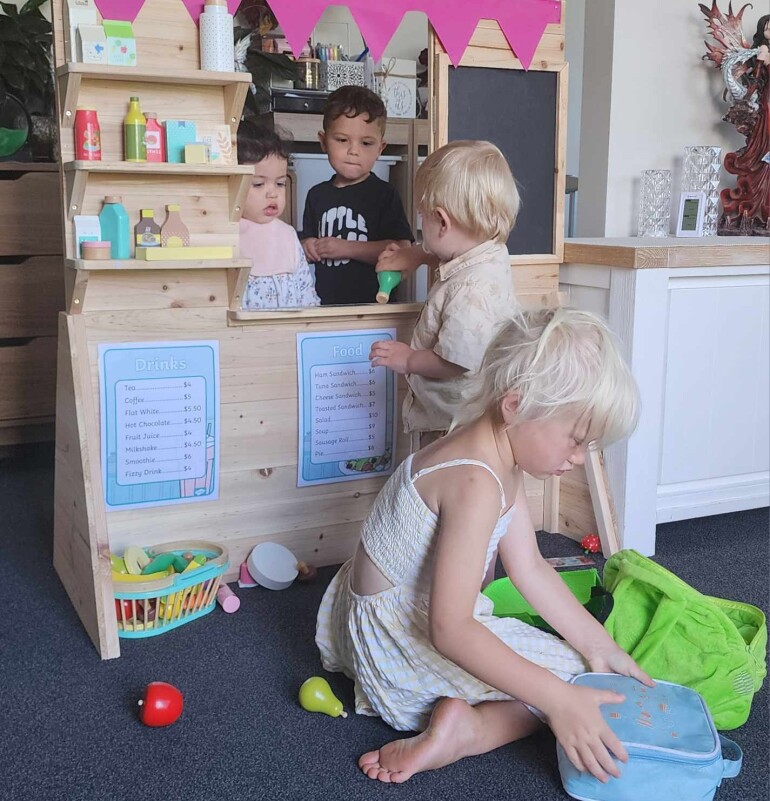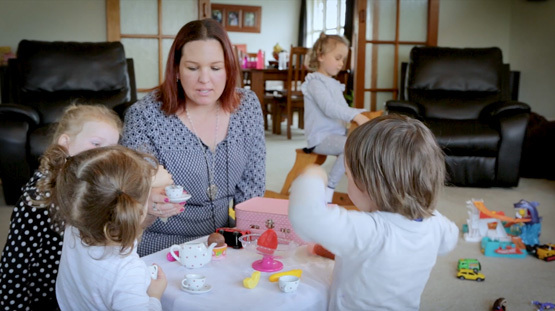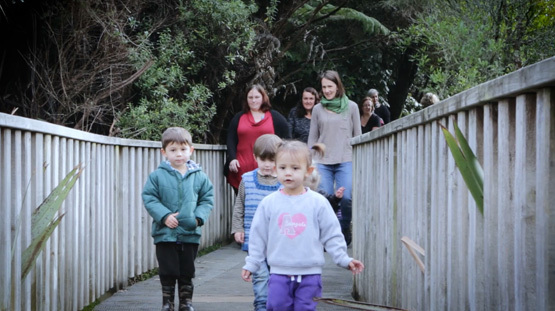News And Events

Making Maths Fun
14 May 2025Here’s some ways to support tamariki of all ages to engage with, and become curious about, mathematics learning:
Infants
- Read books, tell stories and talk with infants. Many opportunities are provided to have fun with sounds and language – include action games, finger plays and songs that encourage oral language and mathematics.
- Have an environment rich in print and language. Posters, pictures and books with numbers, shapes, patterns and concepts such as ‘more’ and ‘less’, ‘big’ and ‘small’.
- A language-rich environment includes languages other than the infant’s first language.
- Provide resources, including natural resources, in a variety of colours, textures, shapes and sizes to experiment with and explore freely.
- Infants experience patterns and sounds in the natural environment, such as leaves in sunlight or the sound of rain, so consider the environment to provide these experiences.
- Provide open-ended and sensory-rich resources for infants to explore, such as heuristic baskets.
Toddlers
- Extend toddlers’ oral language by encouraging the use of their first language, modelling new words and phrases, playing word/number games, and sharing a widening range of books, songs, poems and chants.
- Encourage mark making and drawing and an awareness of symbols, using medium such as chalk, crayons, and paint.
- Provide many opportunities for toddlers to play games and use a range of sensory resources that feature different numbers, symbols, shapes, sizes and colours.
- Enable toddlers to experiment with real tools and materials and use natural materials in their outdoor and indoor play.
- Provide opportunities for music and movement, including participation in dance and learning skills with musical instruments, count to the beat, create a dance sequence, etc.
- Set up the environment so toddlers have access to open space that supports their interest in mobility and associated play interests, such as transporting materials.
- Support toddlers’ vocabulary, initiate questions and encourage curiosity and the development of working theories.
- Provide opportunities for toddlers to collect, sort and organise objects and materials in a variety of ways and to develop a sense of order, for example, by grouping similar materials or putting things into their right place. Encourage them to actively and creatively explore shapes, colours, textures and patterns.
Young Children
- Provide opportunities for young children to learn numeric symbols and to use mathematical concepts and processes, such as volume, quantity, measurement, classifying, matching and pattern recognition.
- Provide a wide variety of materials and technologies, such as clay, fabric, fibre, paper, pencils, props for imaginative play, brushes, rollers, stamp pads, scissors, calculators, digital devices, musical instruments, sticky tape, glue and carpentry tools.
- Have regular opportunities for group activities in art, music and movement.
- Provide an environment where children’s curiosity is fostered and their capacity for sustained interests is extended. Suitable books, pictures, posters and maps are available for them to refer to.
- Encourage children to notice, describe and create patterns, for example, in painting and construction.
- Enable children to explore how things move and how they can be moved by, for example, blowing, throwing, pushing, pulling, rolling, swinging and sinking. Ensure children have access to technology that enables them to explore movement, for example, wheels, pulleys, magnets and swings.
- Provide opportunities for children to develop spatial understandings by fitting things together and taking things apart, rearranging and reshaping objects and materials, seeing things from different spatial viewpoints and using a magnifying glass.
information from - https://kowhiti-whakapae.education.govt.nz/maths


